- DroidAfrica
- Samsung
- Samsung Galaxy S10 Lite
Samsung Galaxy S10 Lite
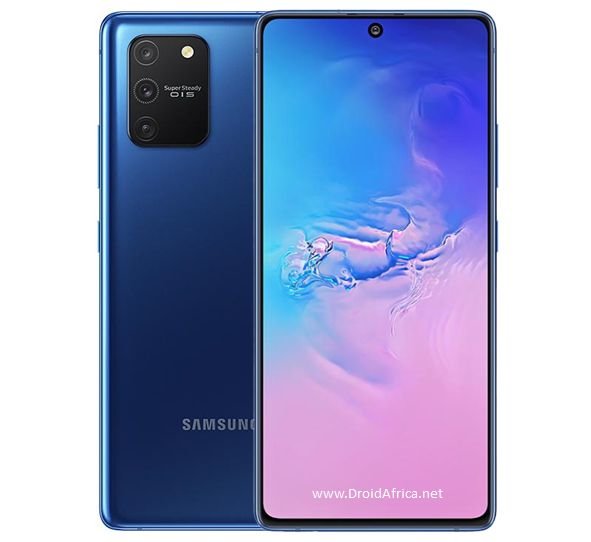
Samsung Galaxy S10 Lite Highlights and Overview
Samsung Galaxy S10 Lite is supposed to be a mid-range version of the standard Galaxy S10, but it might seems a little difficult to determine the class to which this device belongs considering the some of it pre-loaded specs and features. For starters, the device offers a larger 6.7-inch display and makes use of in-screen fingerprint scanner similar to the Samsung Galaxy A71. The 6.7-inch display uses a 1080 x 2400 pixels resolution, with a thin punch hole notch just above the screen.
Under the hood, the device is powered by an Octa-core Qualcomm Snapdragon 855 CPU clocked at 2.84GHz, integrated with Adreno 640 GPU, and come with 6/8 GB RAM and 128 GB storage, expandable up to 1TB via SD card.
On the camera department, you are getting a triple main camera modules; a combination of a 48 MP main sensor, a 12 MP ultra-wide angle lens, and a 5 MP dedicated micro sensor. The main sensor is capable of PDAF, f/2.0 aperture and Super Steady Optical Image Stabilization (OIS), along with a single LED flash. If you care about selfie, then congratulations, the Galaxy S10 Lite is bundled with a large 32-megapixel front-facing camera.
There is a non-removable 4500 mAh battery that supports 25W fast charging features via a USB Type-C interface. The S10 Lite is available in Prism White, Prism Black, Prism Blue colors, and you can even choose between a single or dual SIM options. It runs the latest Android 10 based on Samsung One UI v2. Other key specifications and silent features of the Samsung Galaxy S10 Lite are contained in the table below.
Samsung Galaxy S10 Lite Full Specifications and Features
NETWORK
| Technology | GSM / CDMA / HSPA / LTE |
| 2G Network Bands | GSM 850 / 900 / 1800 / 1900 - SIM 1 & SIM 2 (dual-SIM only) |
| 3G Network Bands | HSDPA 850 / 900 / 1900 / 2100 |
| 4G Network Bands | LTE band 1(2100), 3(1800), 5(850), 7(2600), 8(900), 34(2000), 38(2600), 39(1900), 40(2300), 41(2500) |
| 5G Network Bands | Does not support 5G network |
| Speed | HSPA 42.2/5.76 Mbps, LTE-A (2CA) Cat6 400/50 Mbps |
LAUNCH
| Also Known As |
- - |
BODY
| Dimensions | 162.5 x 75.6 x 8.1 mm |
| Weight | 186 grams |
| Build | Front glass, plastic body |
| SIM Type | Single SIM (Nano-SIM) or Dual SIM (Nano-SIM, dual stand-by) |
DISPLAY
| Display Type | Super AMOLED Plus capacitive touchscreen, 16M colors |
| Size | 6.7 inches, 107.8 cm2 (~87.8% screen-to-body ratio) |
| Resolution | 1080 x 2400 pixels, 20:9 ratio (~394 ppi density) |
PLATFORM
| Operating System | Android 10.0; One UI 2 |
| Chipset | Qualcomm SDM855 Snapdragon 855 (7 nm) |
| CPU | Octa-core (1x2.84 GHz Kryo 485 & 3x2.42 GHz Kryo 485 & 4x1.78 GHz Kryo 485) |
| GPU | Qualcomm Adreno 640 |
MEMORY
| RAM + ROM | 6/8 GB |
| Card Slot | microSD, up to 1 TB (dedicated slot) |
MAIN CAMERA
| Camera Type | Triple Lenses |
| Camera Sensor(s) | 48 MP + 12 MP + 5 MP Main camera |
| Camera Features |
Autofocus Face detection F/2.0 aperture LED Flash Panorama HDR 12 MP, f/2.2, 13mm ultra-wide sensor (second camera) 5 MP, f/2.2, 12mm (depth sensor) (third camera) |
| Video Resolution | 2160p@30fps, 1080p@30/60fps (gyro-EIS), 720p@960fps |
SELFIE CAMERA
| Camera Type | Single Lens |
| Camera Sensor(s) | 32-megapixel punch hole camera |
| Camera Features |
F/2.0 aperture FaceID Face beautification HDR |
| Video Resolution | 1080p@30fps |
SOUND
| Loudspeaker | Yes |
| Speaker Location | Placed at the basement |
| Audio Jack Type | No |
CONNECTIVITY
| Bluetooth | Bluetooth 5.0, A2DP, LE |
| NFC | |
| GPS | Yes, with A-GPS, GLONASS, GALILEO, BDS |
| FM Radio | FM radio |
BATTERY
| Battery Capacity | Non-removable Li-Po 4500 mAh battery |
| Wireless Charging | No |
| Talk Time Talk Time is the longest time that a single battery charge will last when you are constantly talking on the phone under perfect conditions, Ambient temperature and highly dependent on the cellular network environment such as the distance to the closest cell network tower. | Up to 29 hours |
| Stand-by | Up to 670 hours |
OTHER FEATURES
| Sensors | Fingerprint (side-mounted), accelerometer, proximity, compass |
| Box Contents | Charging Brick / USB cable |
Samsung Galaxy S10 Lite User Reviews and Opinions
Disclaimer Note
This specification was entered manually, hence we CANNOT guarantee 100% accuracy. Any error? Let us know in the comment section.







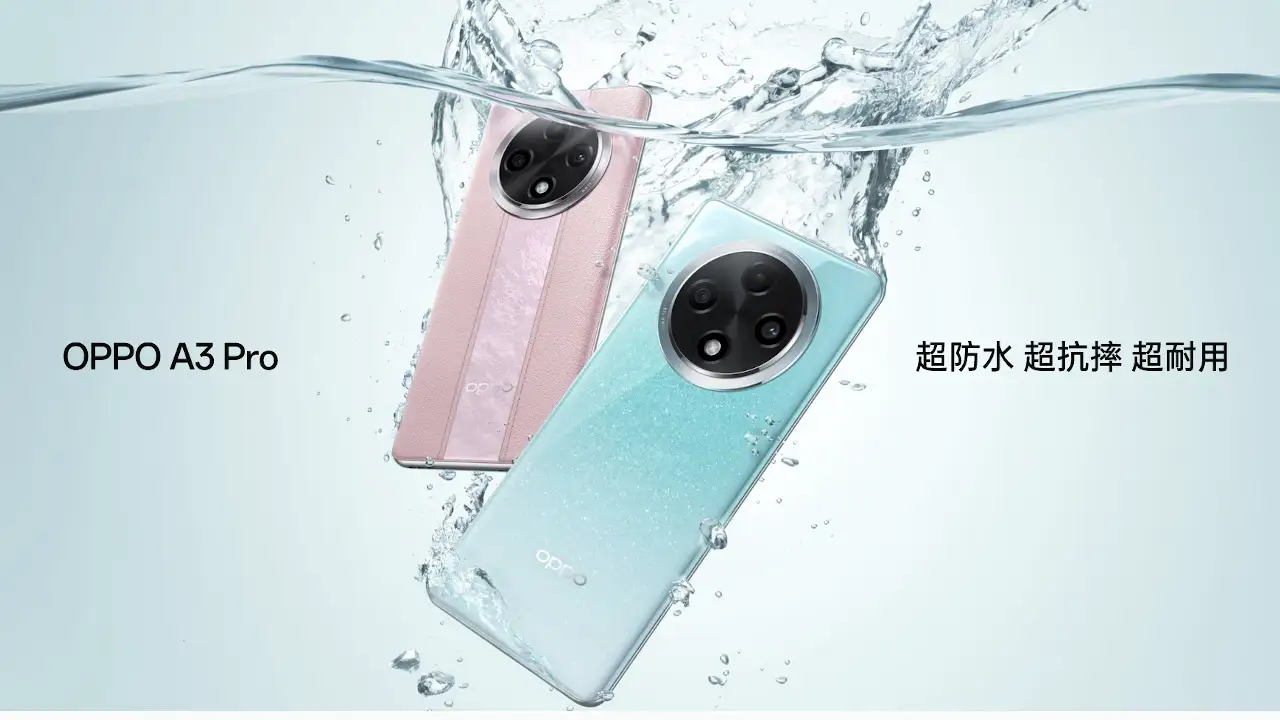

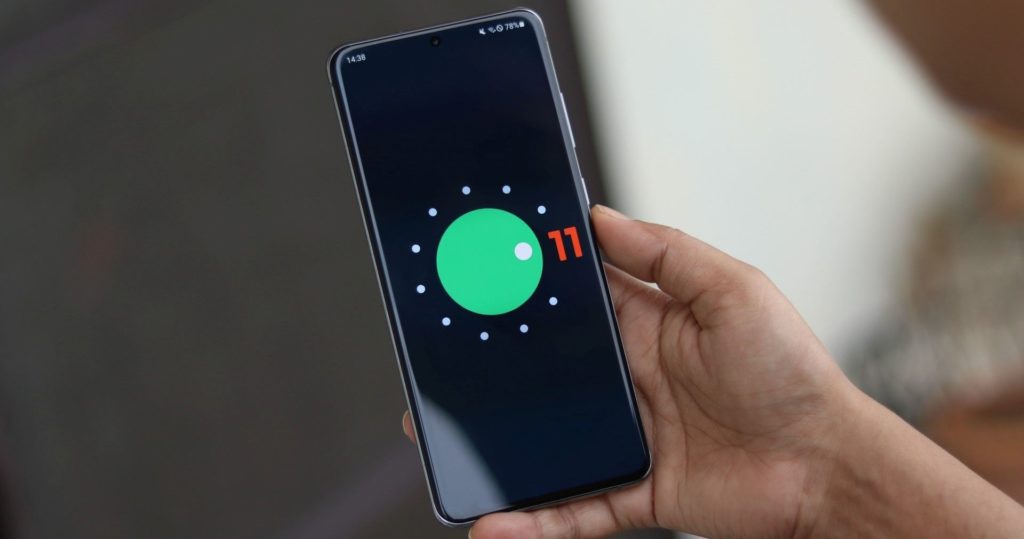
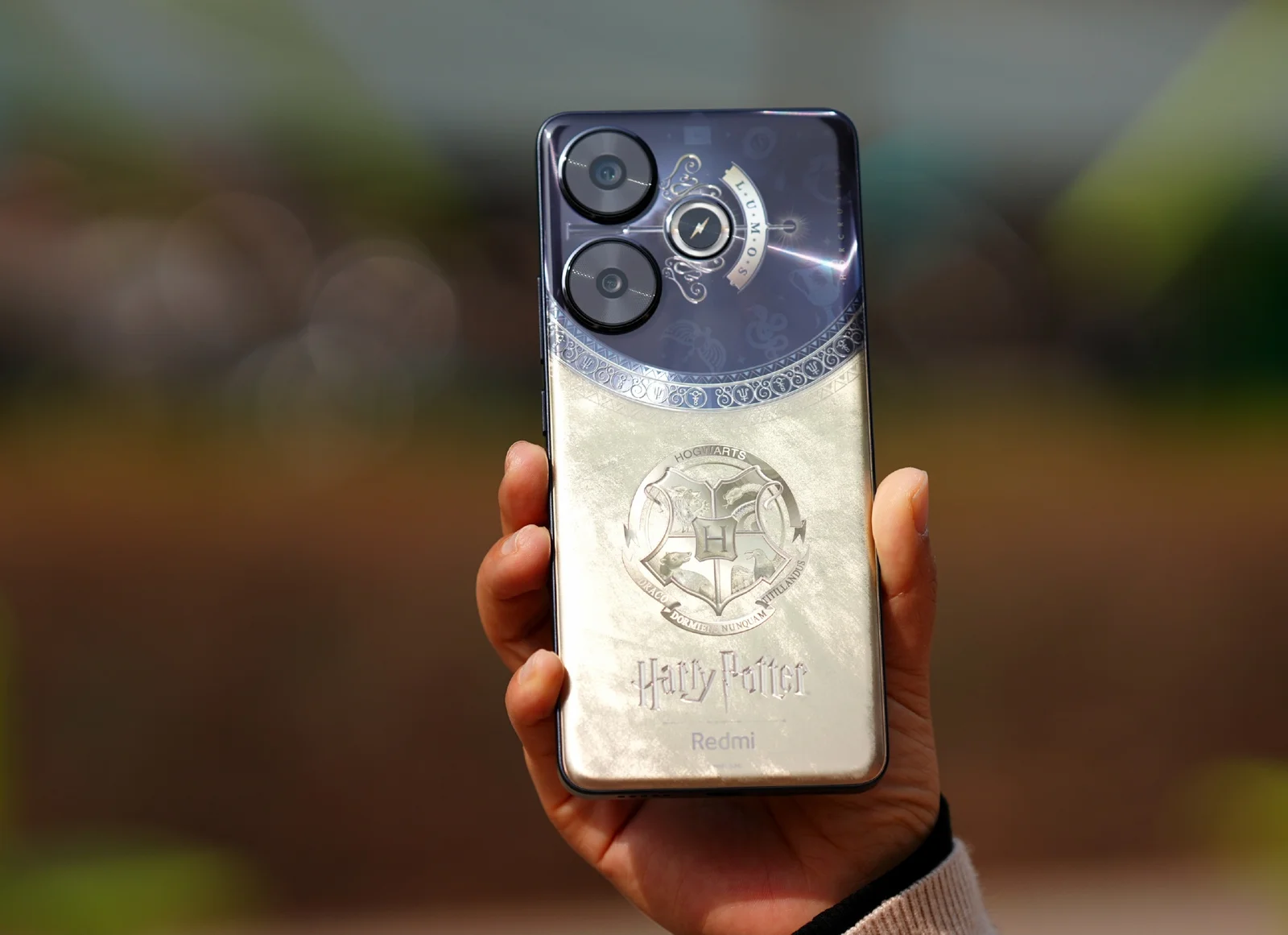
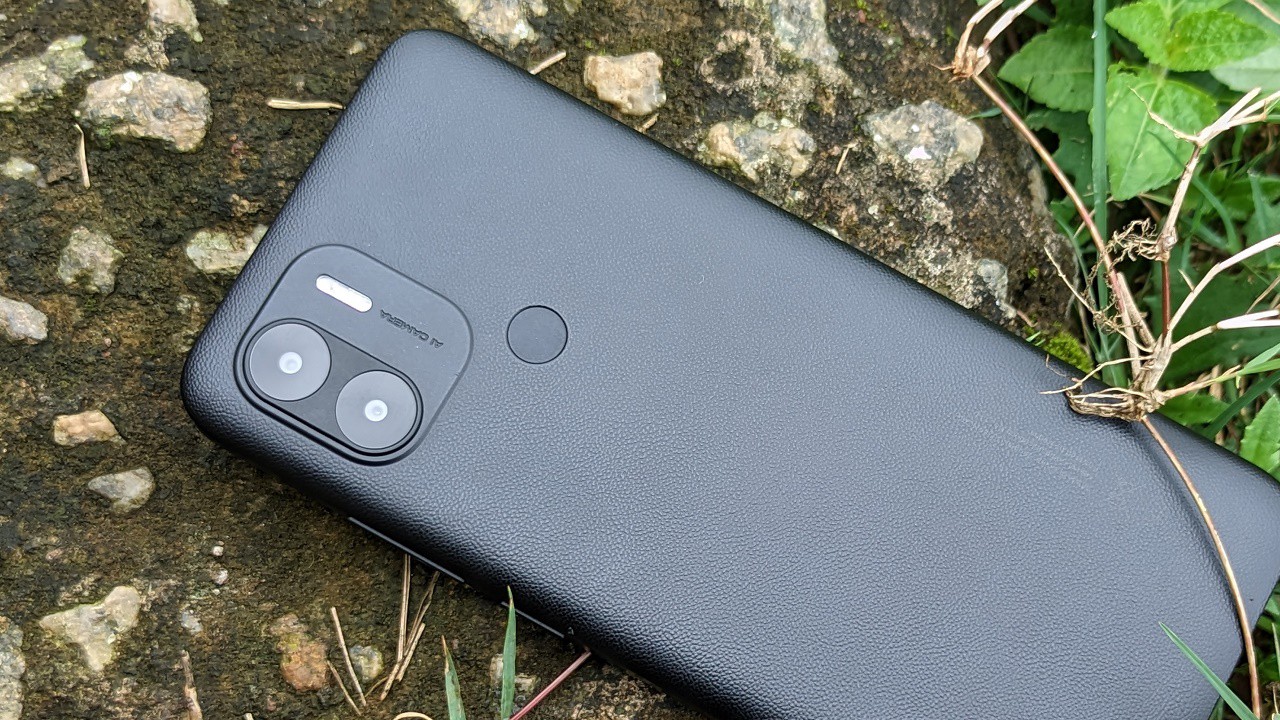
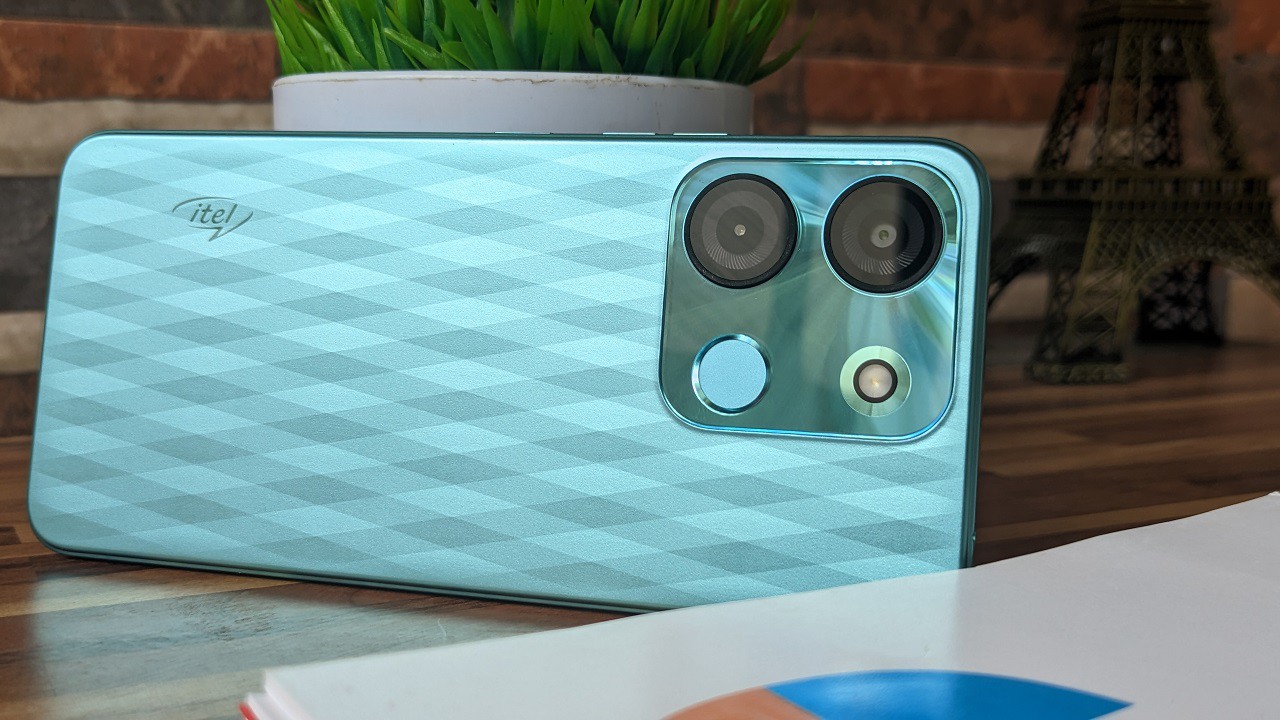
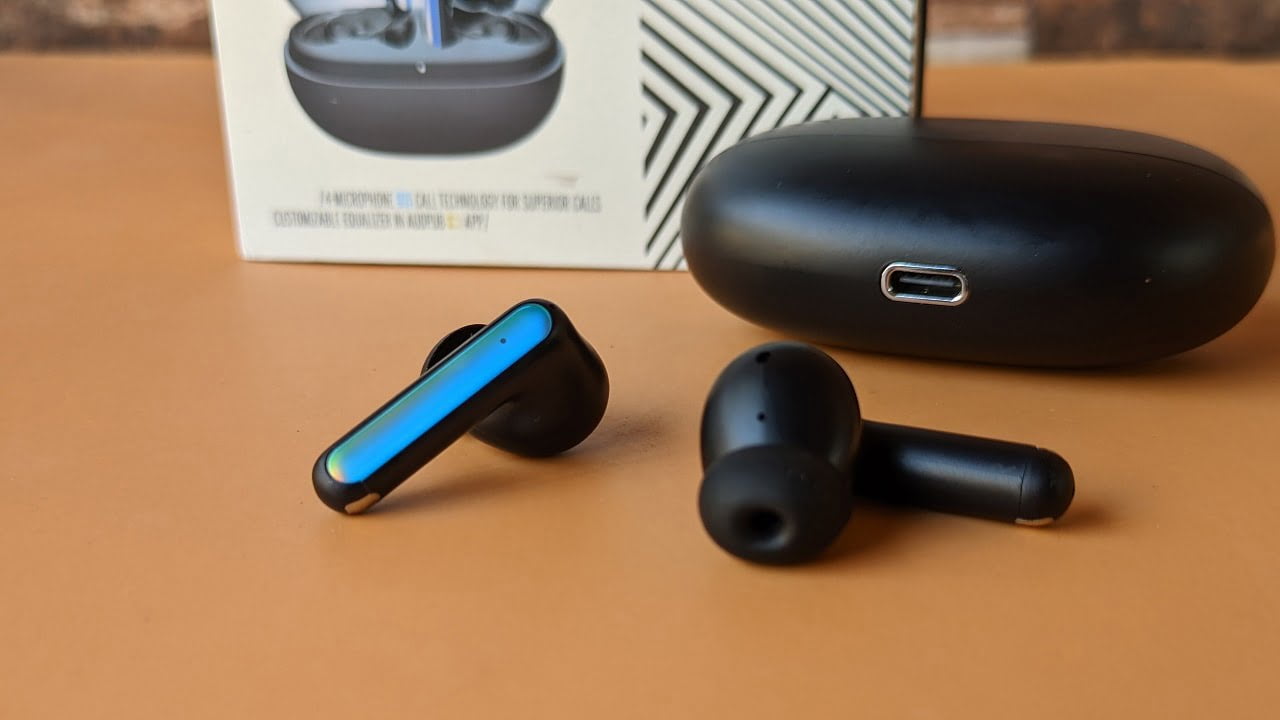
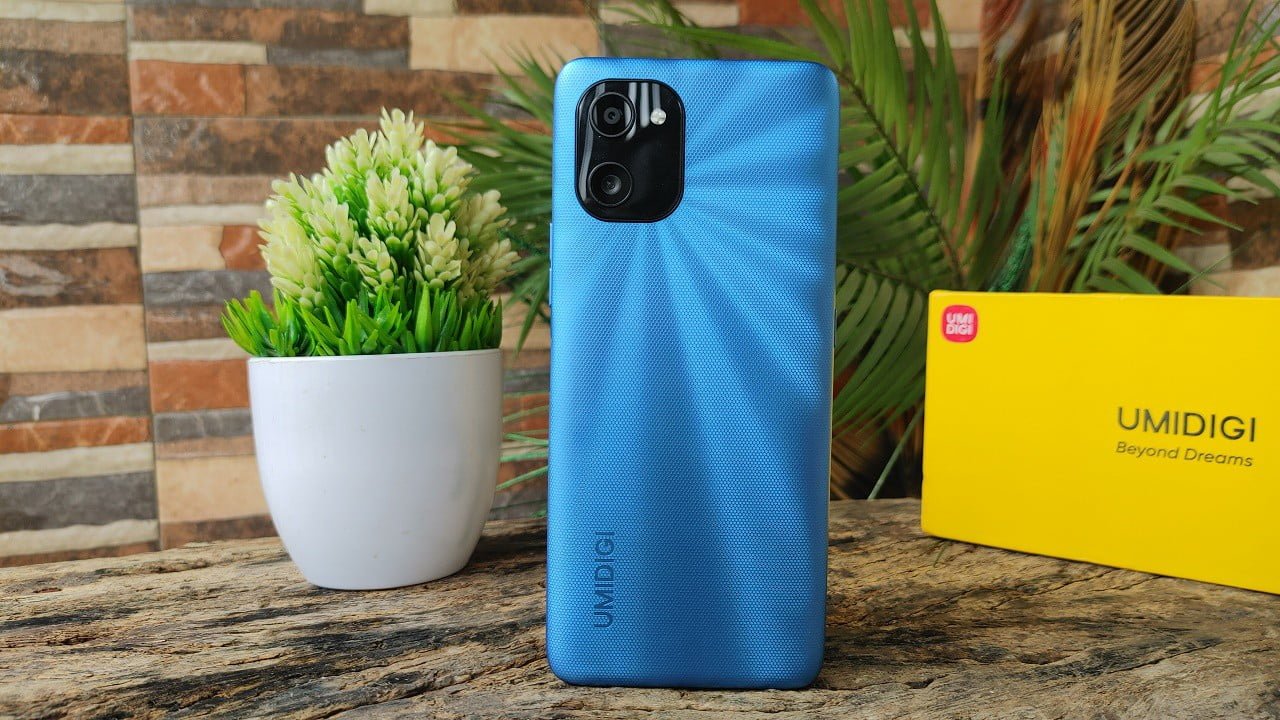
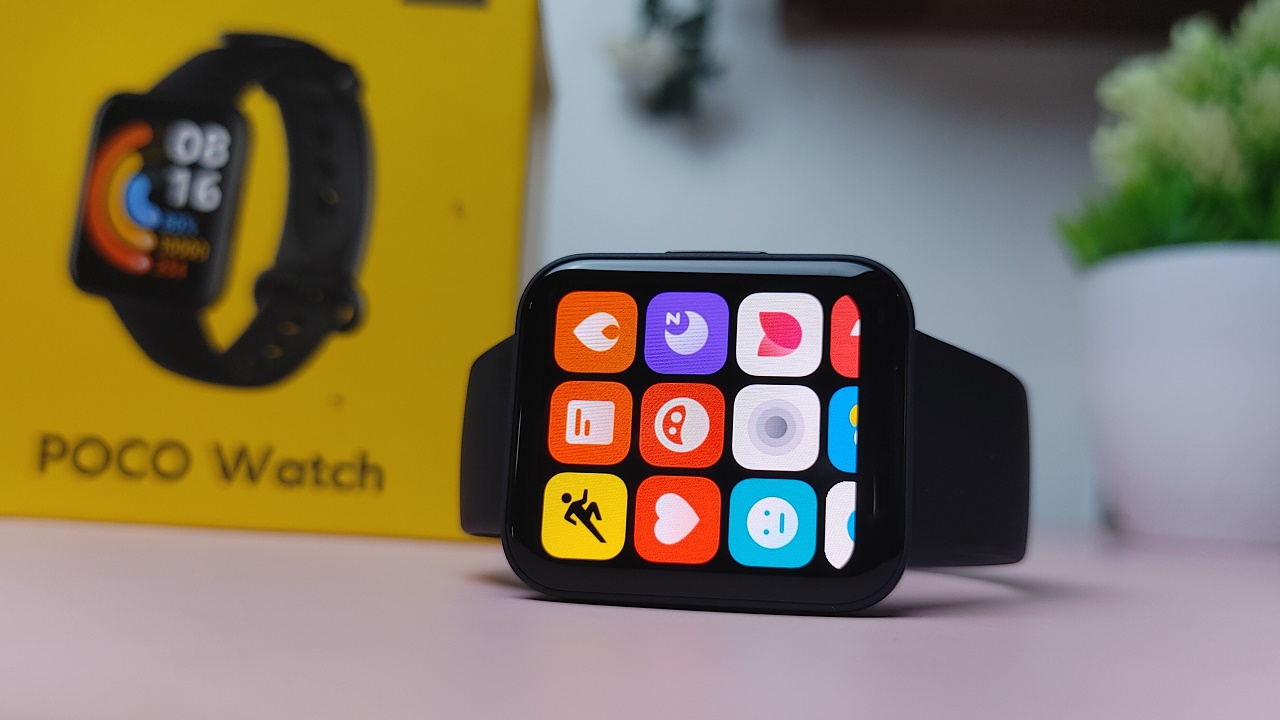
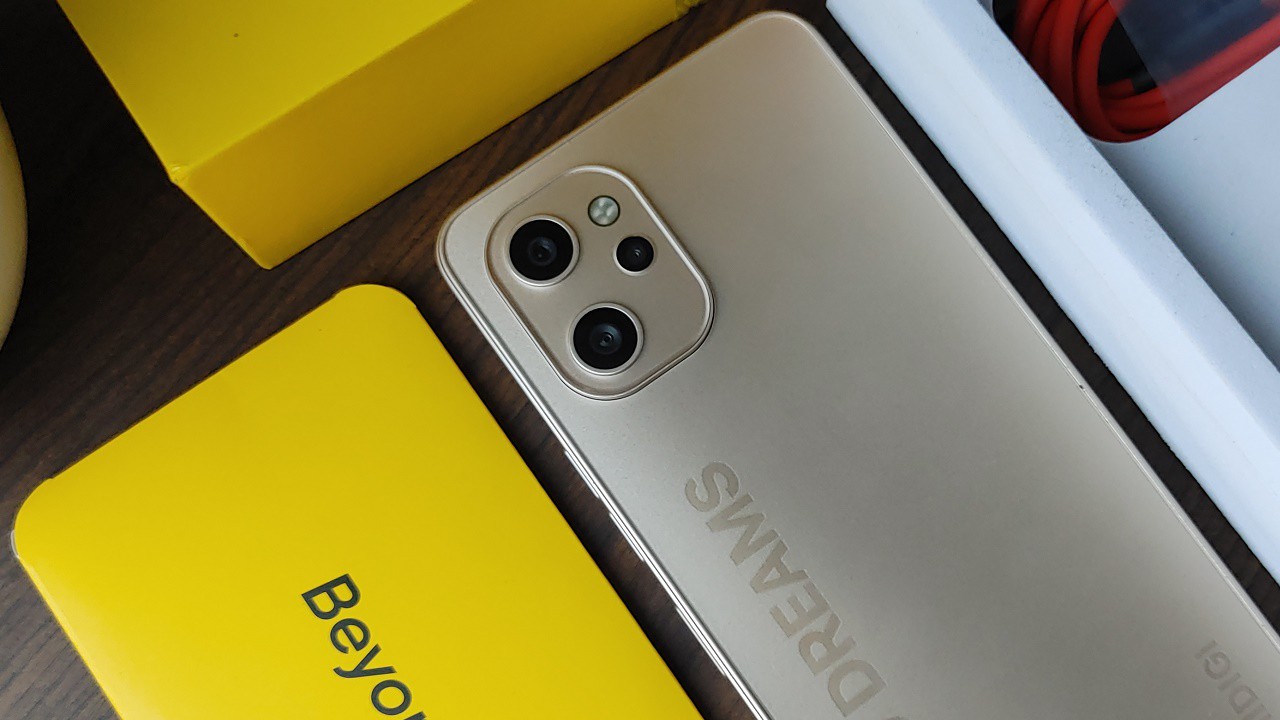
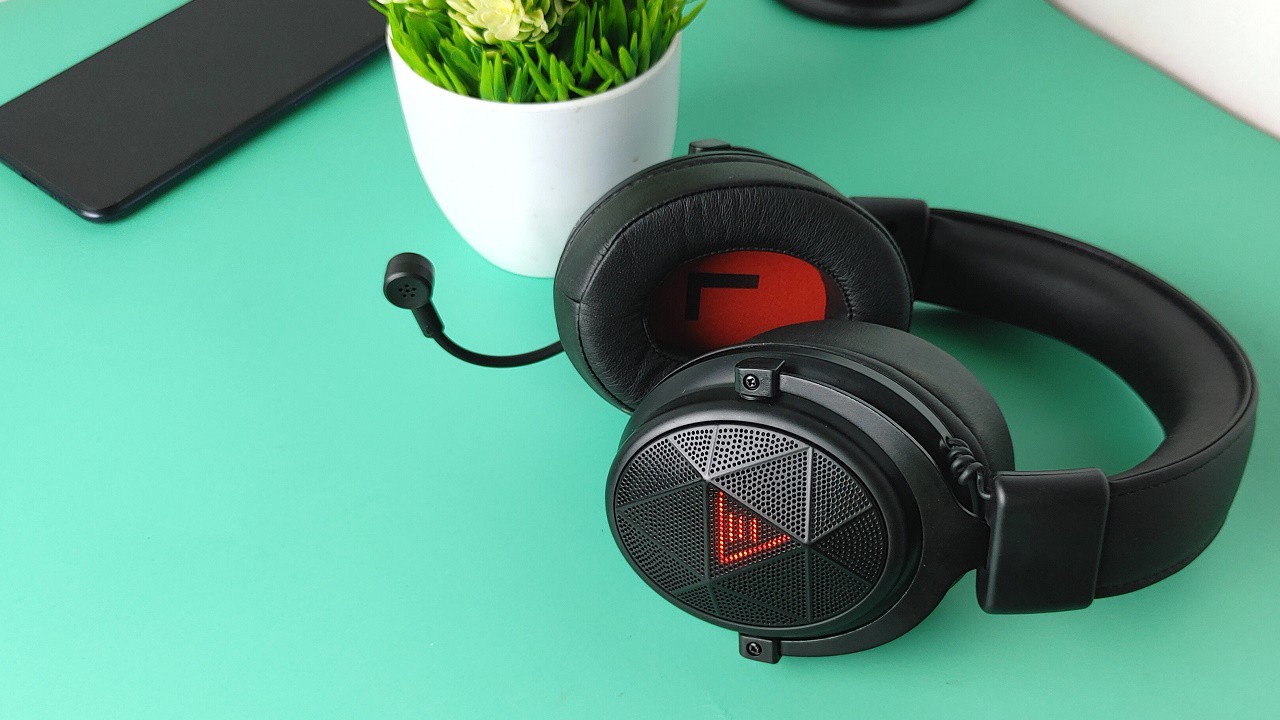
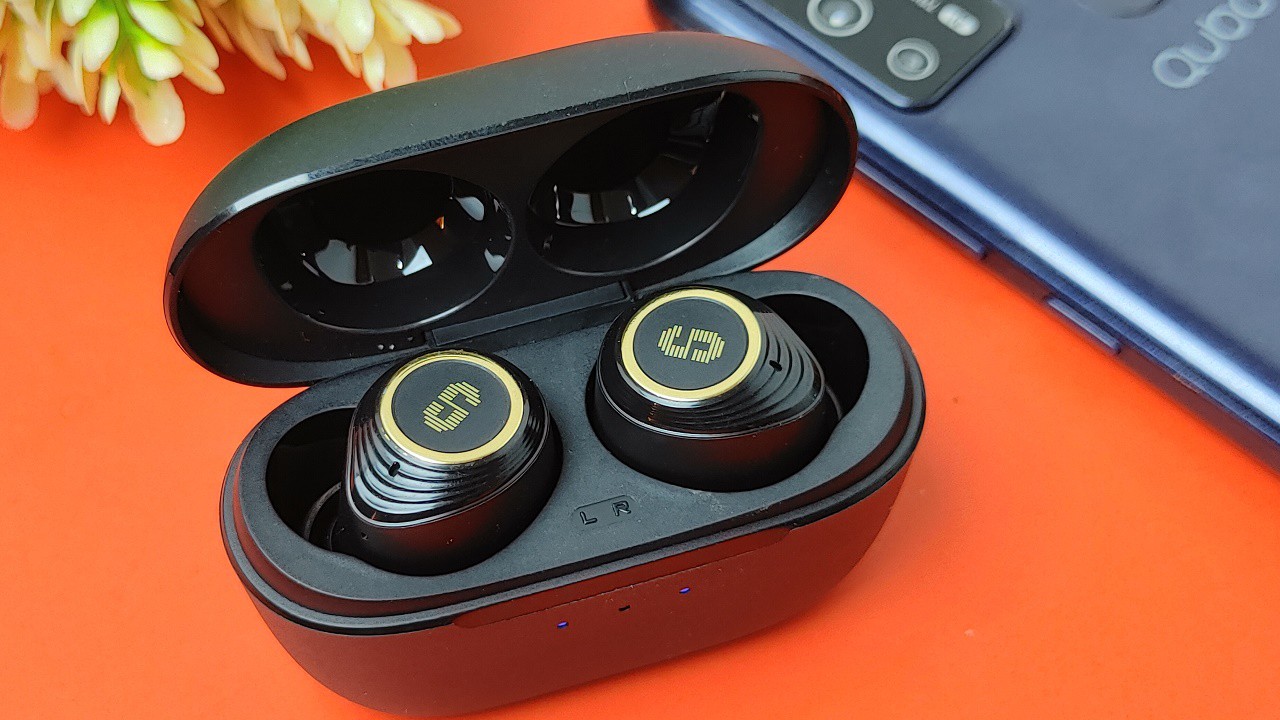
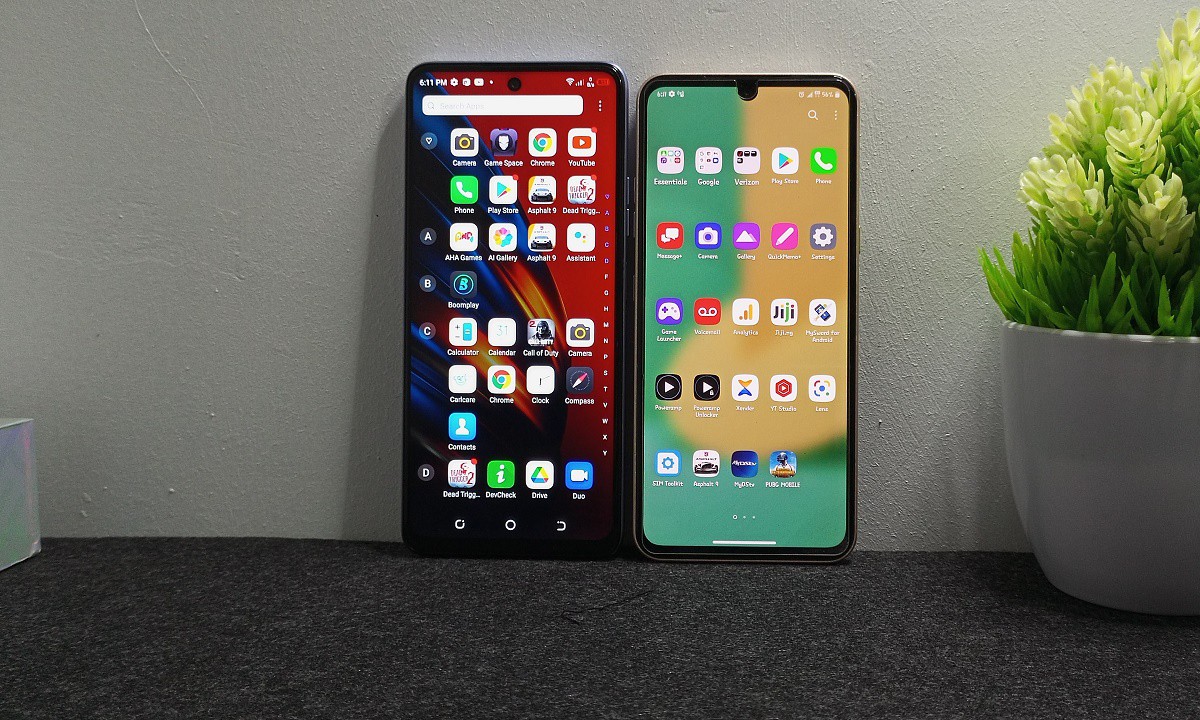

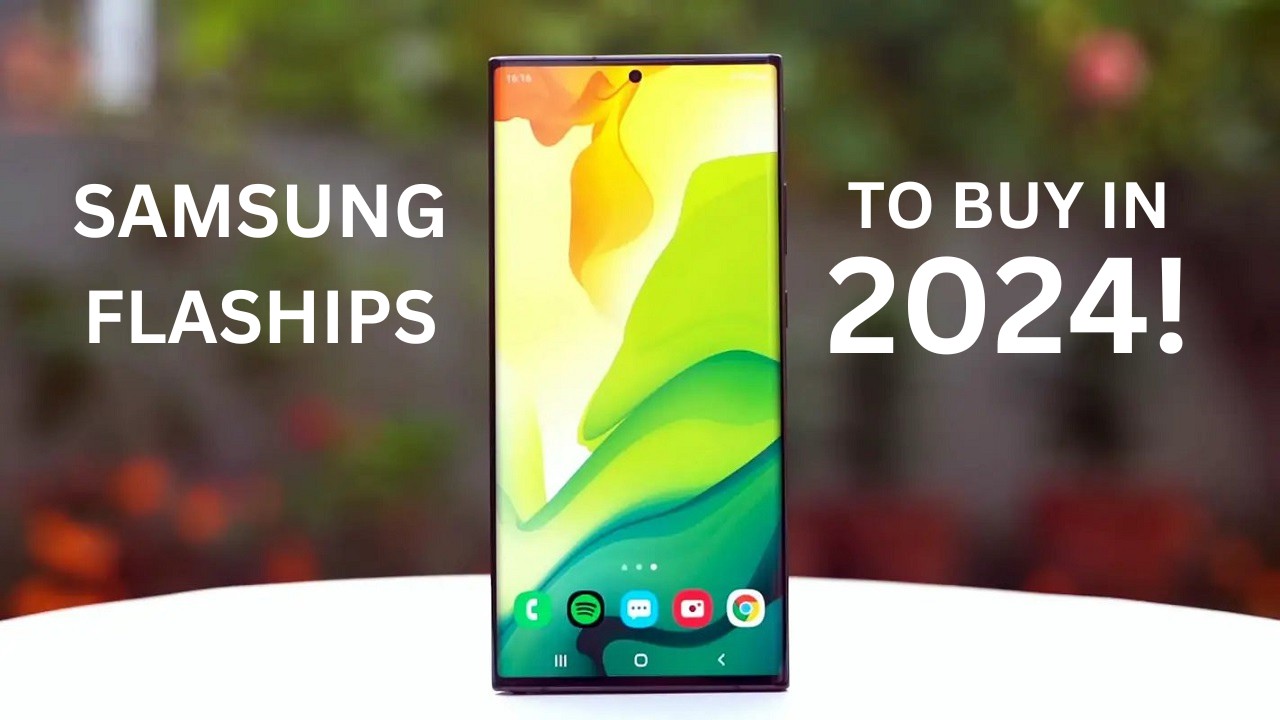
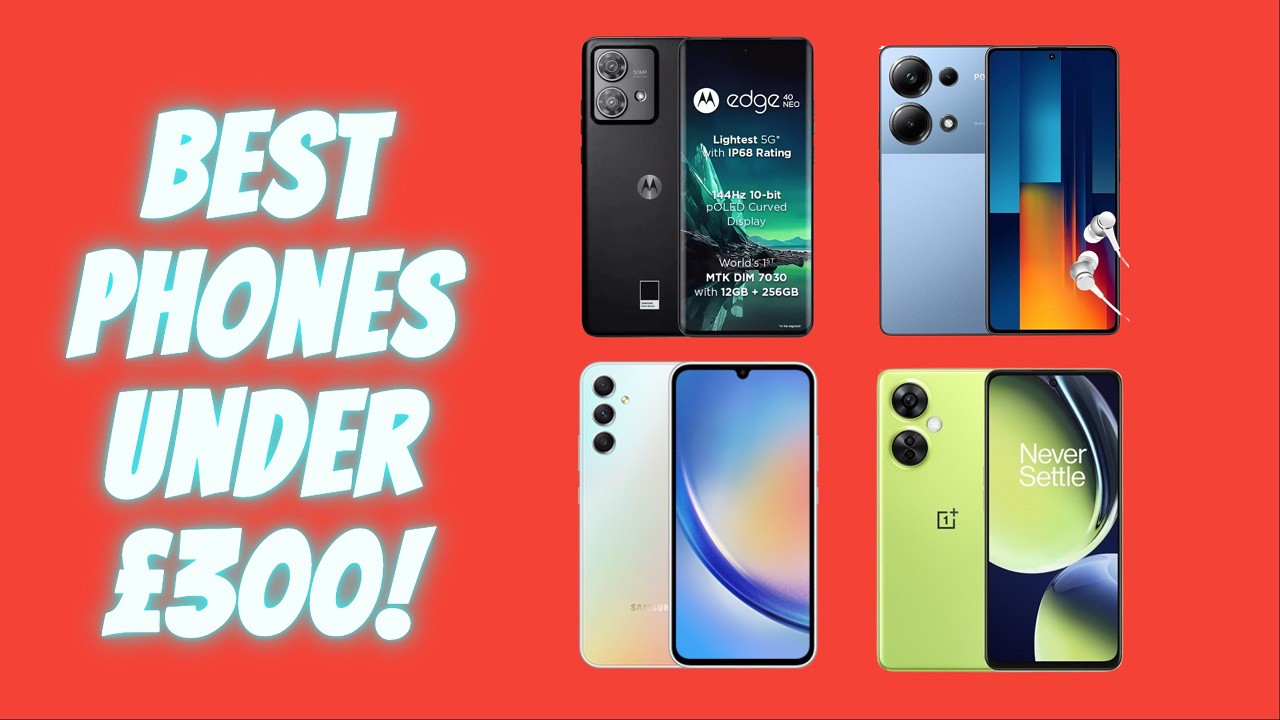

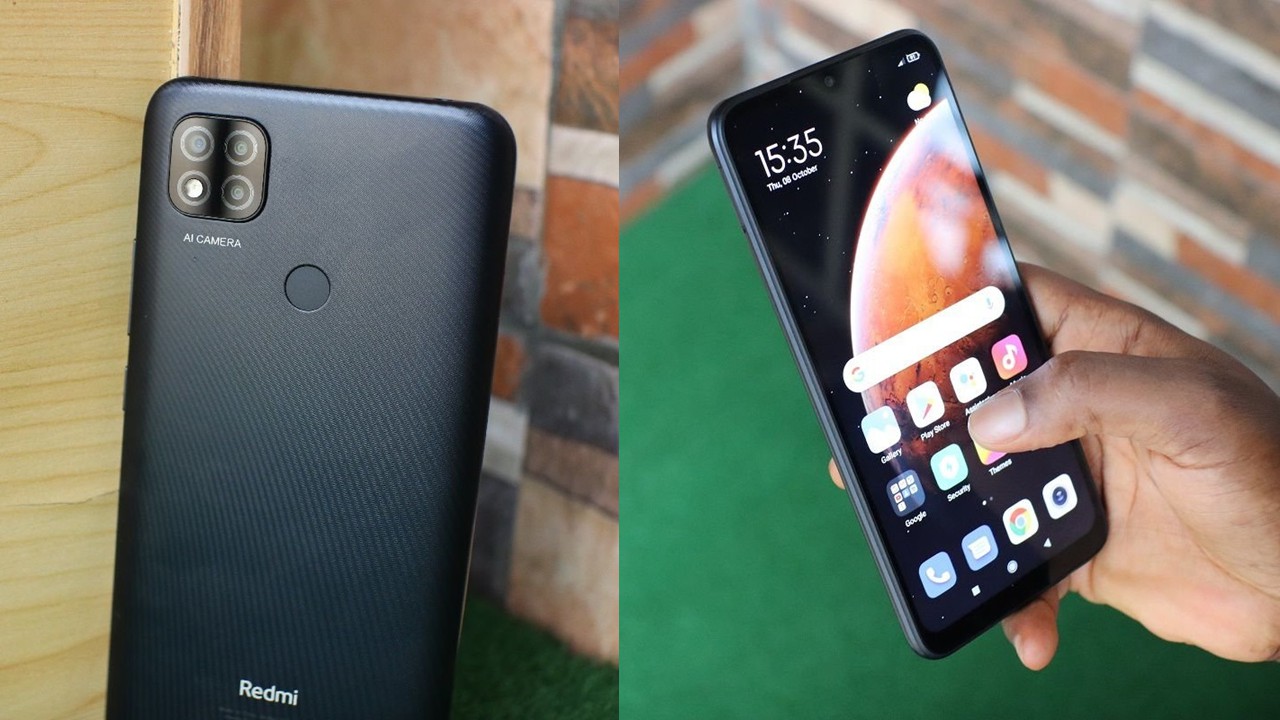
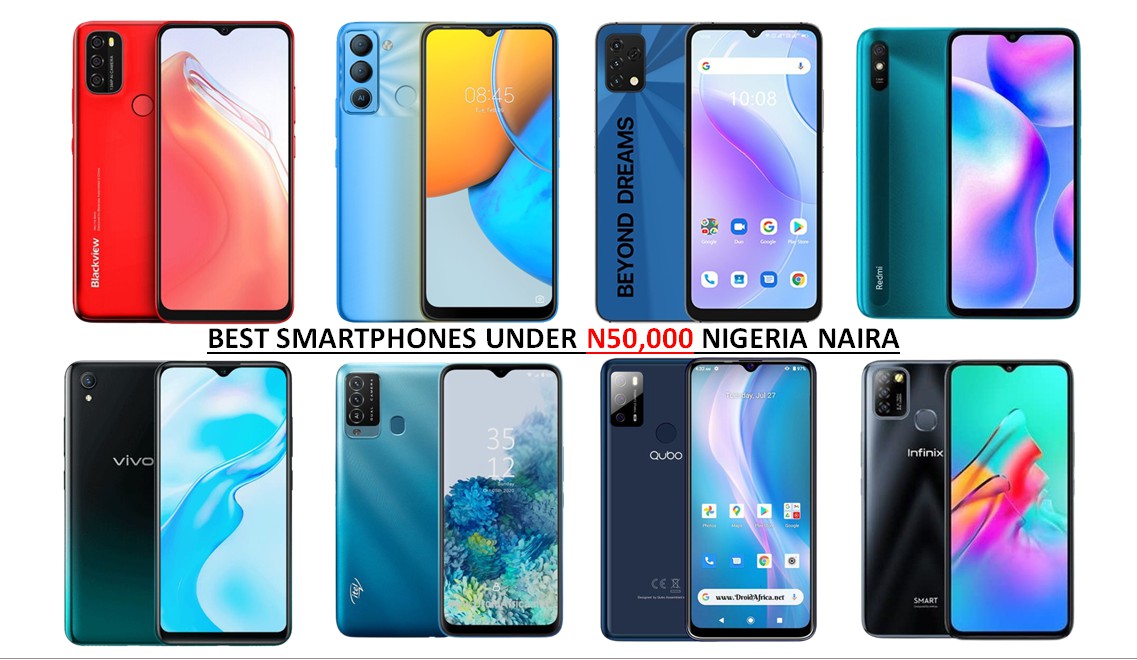
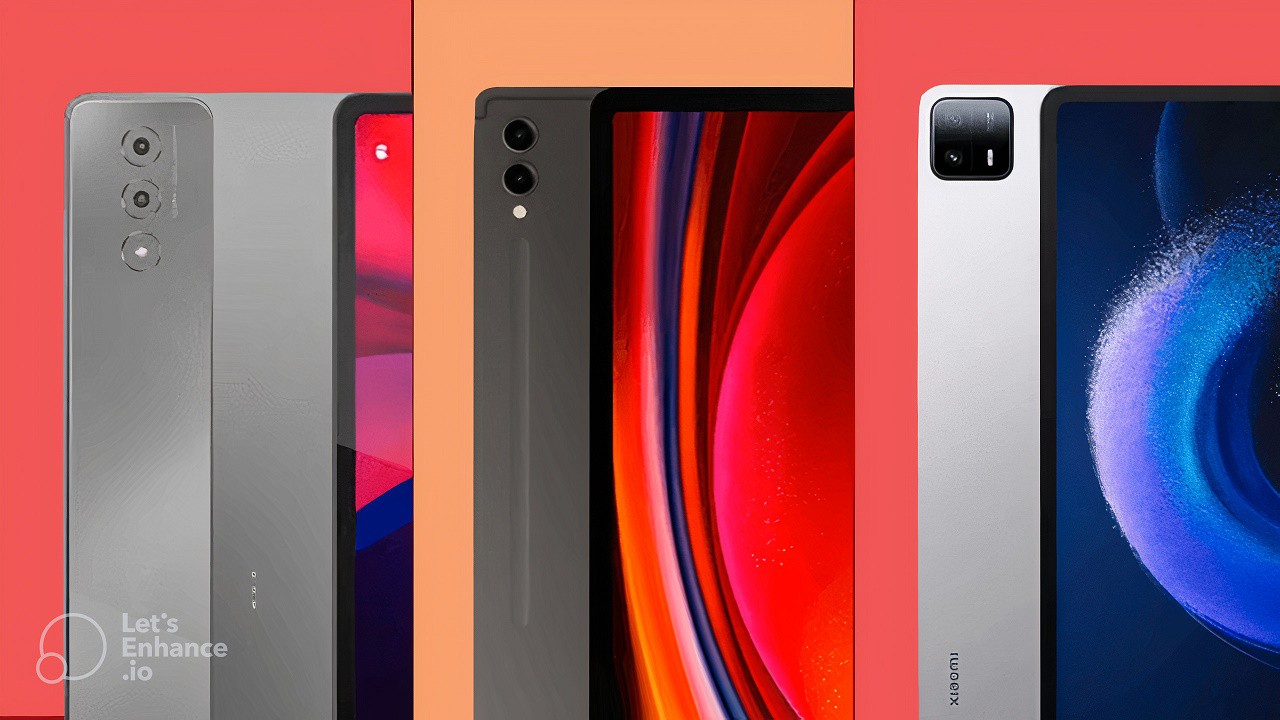
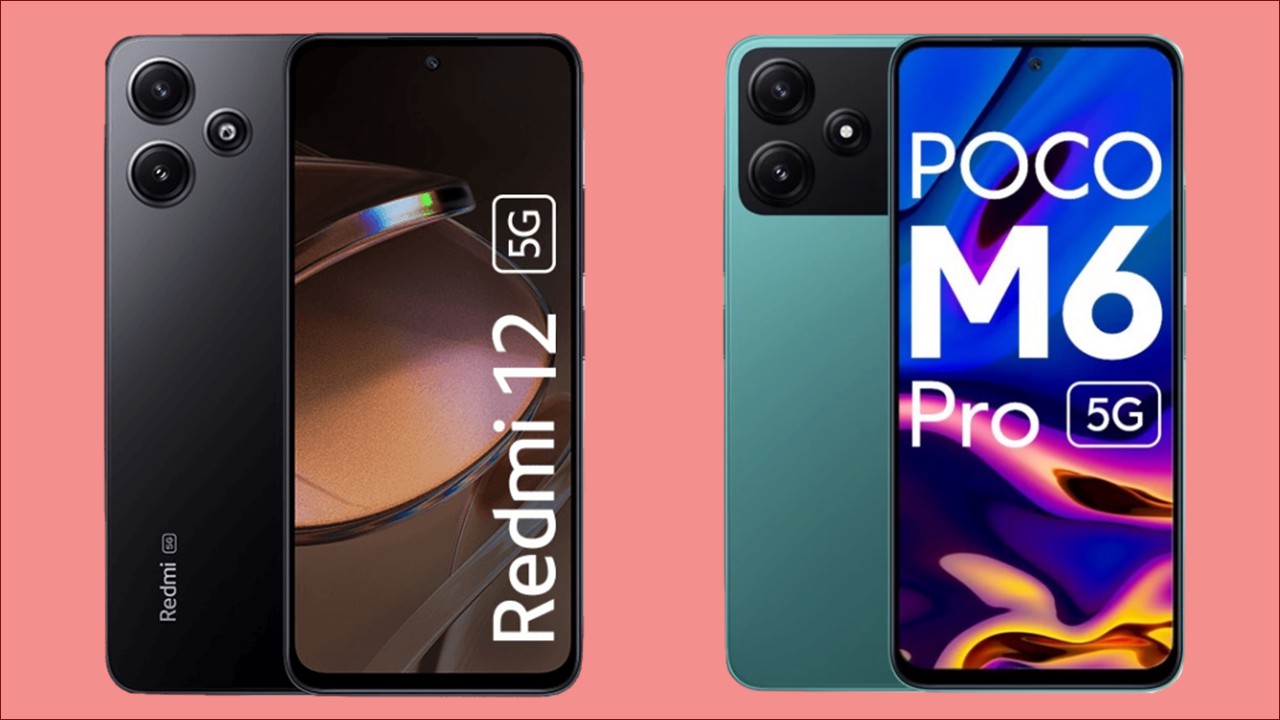
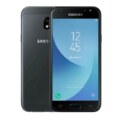
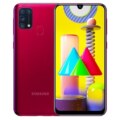
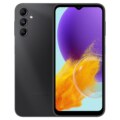
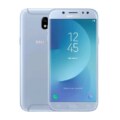
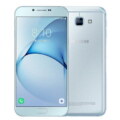
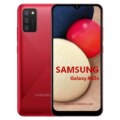
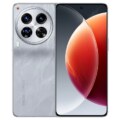

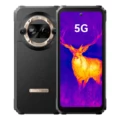
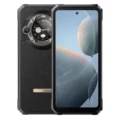
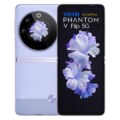
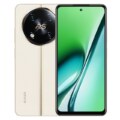

Leave a Reply